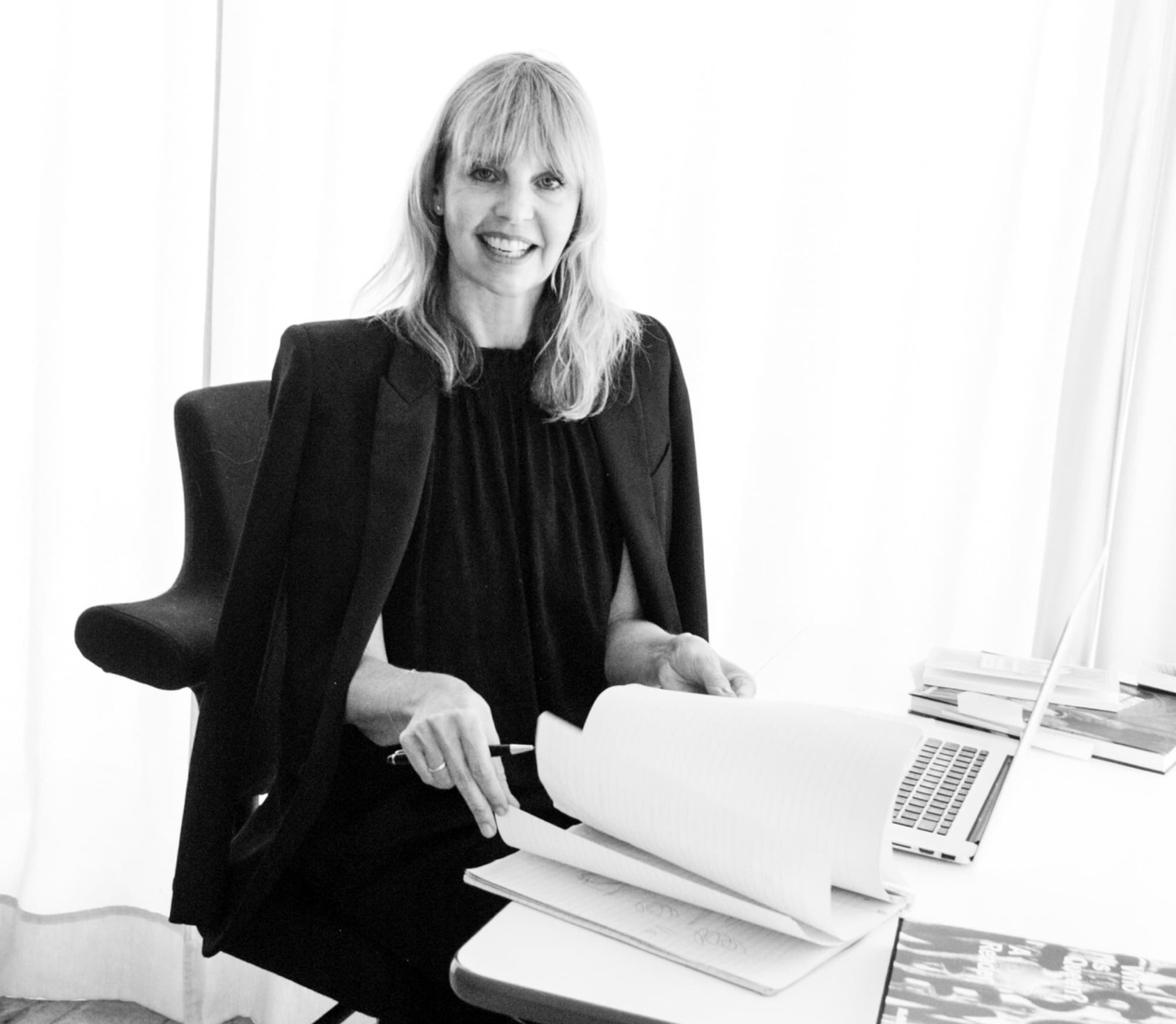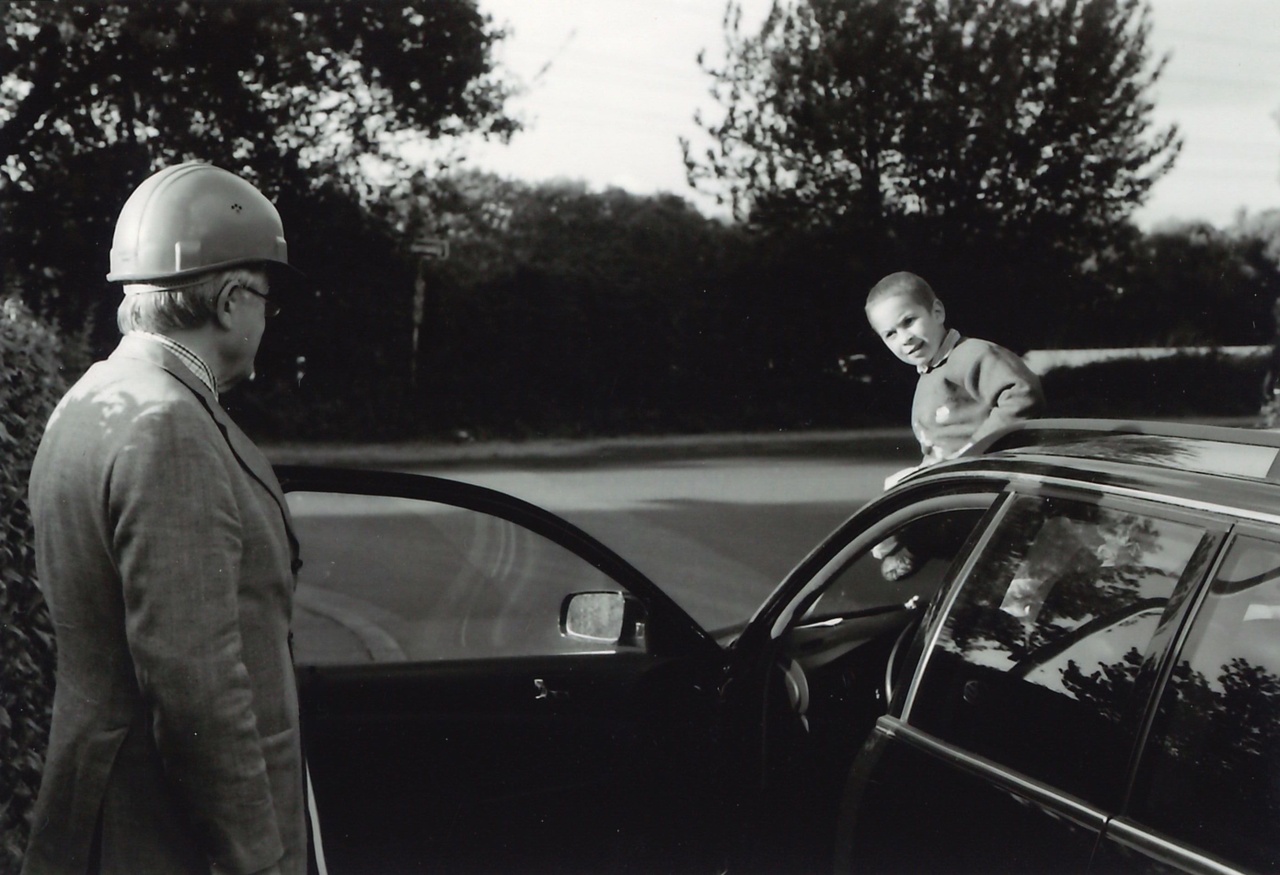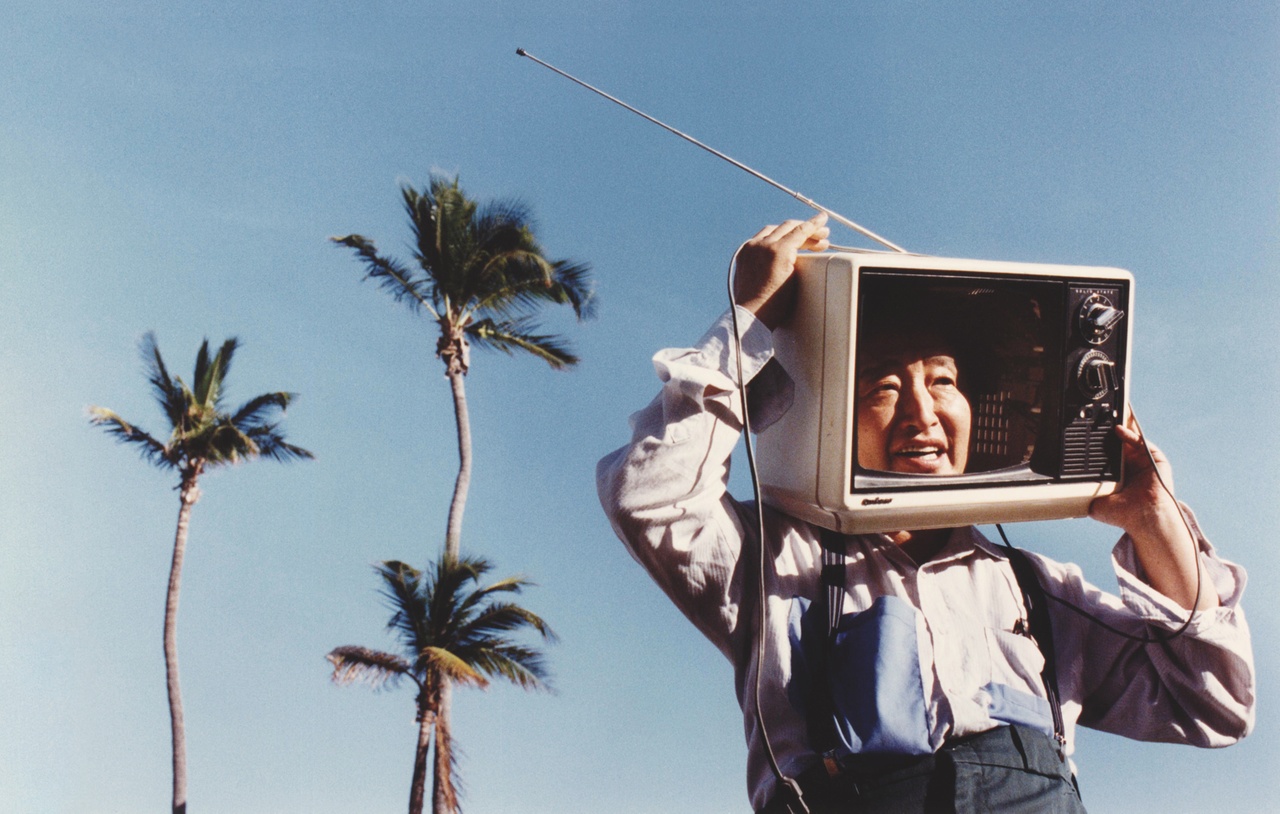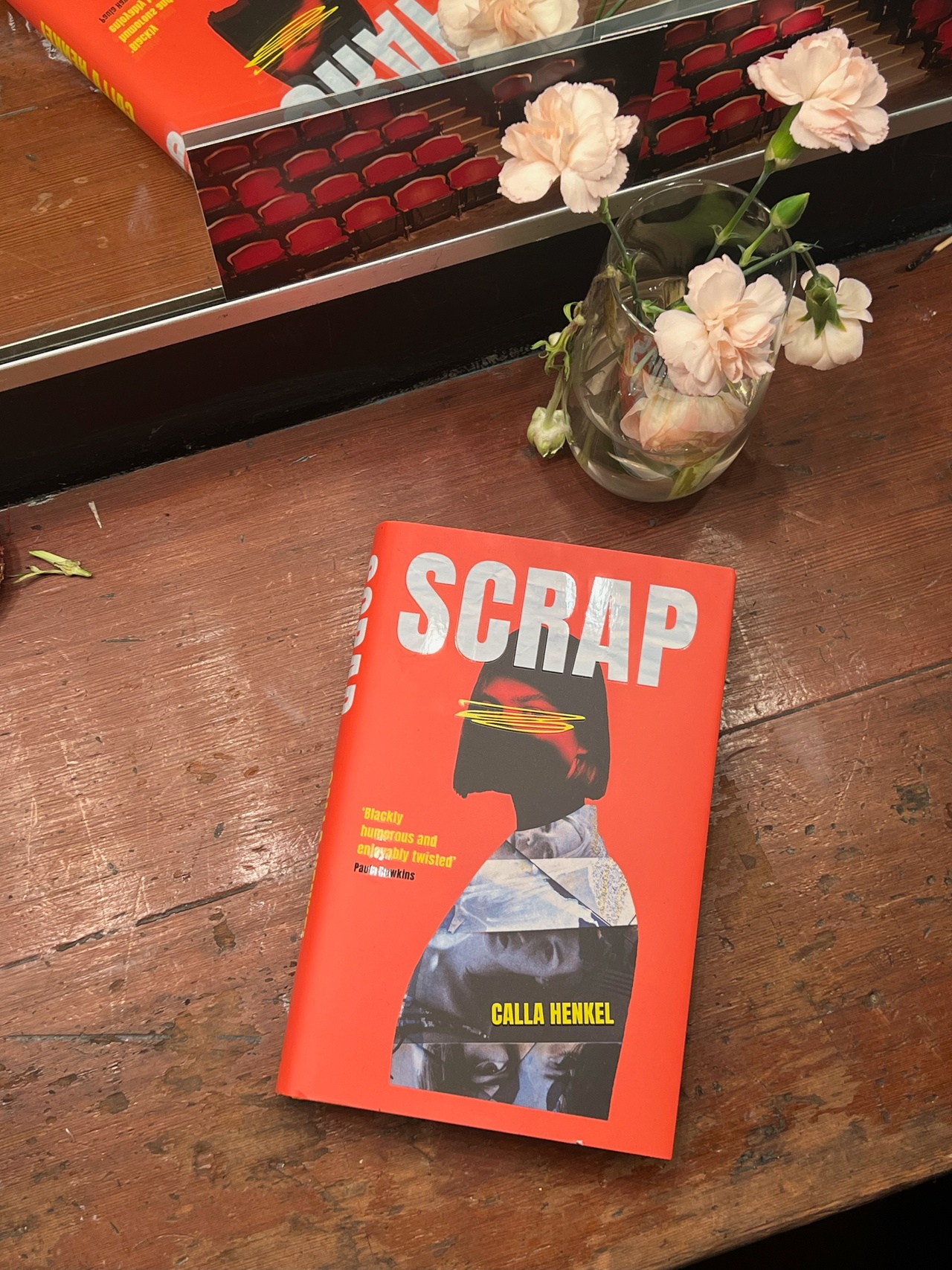SEEN & READ – BY ISABELLE GRAW Hans-Christian Dany, Nam June Paik, Calla Henkel

Hans-Christian Dany, Schuld war mein Hobby: Bilanz einer Familie

The author’s father and son / Vater und Sohn des Autors, 2011
Especially for natives of Hamburg like me, much in this debt book sounds familiar: the author describes his trader-family background and casually namedrops Hamburg institutions like the clothing store Ladage & Oelke. The narrative hones in on the father figure, an imposing businessman who regularly bullies his employees, lives beyond his means, and upon his death leaves behind a mountain of debt, which Dany junior then sets about paying off. The author compellingly describes how psychological guilt and financial debt – a single German word, Schuld, covers both phenomena – can intertwine. Like Kafka in Letter to His Father, Dany does not reproach his parent: instead, he describes a feeling of constant guilt induced by an inability to ever live up to his father’s expectations. The author even feels a sense of responsibility for the suicide of his mentally ill brother, despite knowing that the latter – who had been fighting for his legal share of the inheritance and had sued their mother – was beyond saving. Dany’s book is renewed proof that the death of a close relative tends to intensify rather than ease a family’s dysfunctionality. The author also reflects on the process of writing, in which one is indebted not only to the commissioning editor, but also to the text itself. Some of Dany’s formulations come across slightly wayward and odd, occasionally leaving the reader wishing the book had undergone stricter editing.
Edition Nautilus, 2024, 128 pages.
“Nam June Paik: The Miami Years”

Nam June Paik in Miami, 1990
This exhibition shows a relatively underexplored episode in the life and work of Nam June Paik: from 1988 until his passing in 2006, Paik lived in a Miami Beach apartment after New York had started to feel too stressful. He also preferred the warmer Floridian climate. The show documents his presence in the Miami art scene and his participation in numerous exhibitions: Paik classics like TV Cello (2003) and variations on his robot sculptures are also included, but the core piece is TV Miami (1990), a sculpture commissioned in 1985 and planned for Miami International Airport. A kind of electronic frieze comprised of 76 flickering screens that together spell out the word “Miami” and animate the letters from within, it shows typical South Florida imagery and prepares visitors for their stay in the region. The vertically arranged letters might also be read as a visual counterpart to Miami’s brutal investor architecture: a dense cluster of high-rise buildings packed carelessly into urban space. Sadly, Paik’s work was swiftly removed from the airport foyer – a decision difficult to understand given the work’s wit and site-specific power.
The Bass Museum of Art, Miami, October 4, 2023 to August 11, 2024.
Calla Henkel, Scrap

While I’m no fan of thrillers, this book uses the genre to make sociocritical observations that are both astute and witty, and as such is one that I can recommend without qualification. It can be read in one go – a page turner, perfect for the airport bookstore even despite its considerable length. During a tedious gallery dinner, protagonist Esther is commissioned by a rich collector to assemble scrapbooks of family photos and personal documents for the birthday of her husband. Henkel’s description of the dinner is impressively on-target and hugely entertaining in view of other evening events of this kind: the chair next to the exhibiting artist seems to be free, but is suddenly claimed by the gallery owner when Esther tries to take the seat. She ends up relegated to the proverbial children’s table, finding herself wondering whether to simply get up and walk away from her dull companions, who likewise are having their own fantasies of flight. As anyone from the art world will recognize, this scene is brilliantly described. The story unfolds in surprising twists and turns, with the kind of climaxes typical to thrillers: a bitter separation and frequent identity changes are followed by illegal stays at a residence in the Hamptons, prison visits, an assault, and the fatal illness of the protagonist’s father. Her mother was, per official reports, killed in a car accident, but the truth emerges that she lost the desire to live following the amputation of her legs. At the book’s close, Esther “flies private” to the Maldives. She has assumed the identity of her now-dead employer – and has a baby.
Sceptre, 2024, 320 pages.
Isabelle Graw is the cofounder and publisher of TEXTE ZUR KUNST and teaches art history and theory at the Hochschule für Bildende Künste – Städelschule in Frankfurt am Main. Her most recent publications include In Another World: Notes, 2014–2017 (Sternberg Press, 2020), Three Cases of Value Reflection: Ponge, Whitten, Banksy (Sternberg Press, 2021), and On the Benefits of Friendship (Sternberg Press, 2023).
Translation: Matthew James Scown
Image credit: 1. Photo Rob Kulisek; 2. Courtesy of Hans-Christian Dany, photo Hans-Christian Dany; 3. Courtesy of The Bass Museum of Art, photo Brian Smith; 4. Courtesy of Calla Henkel
